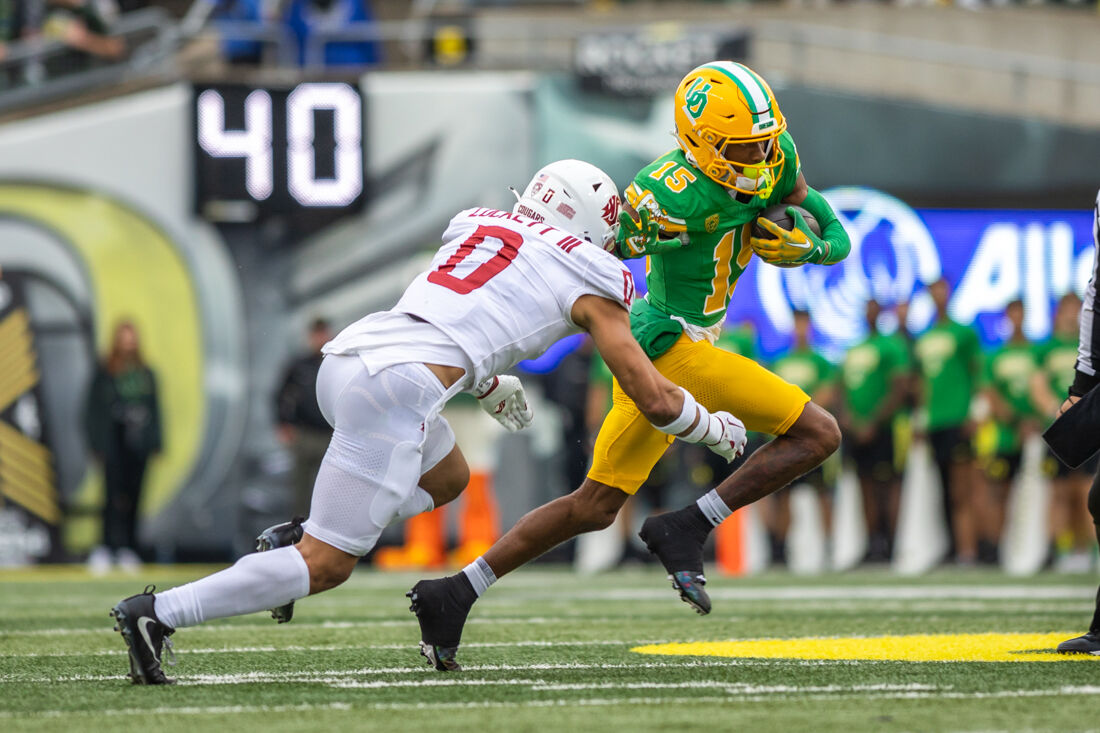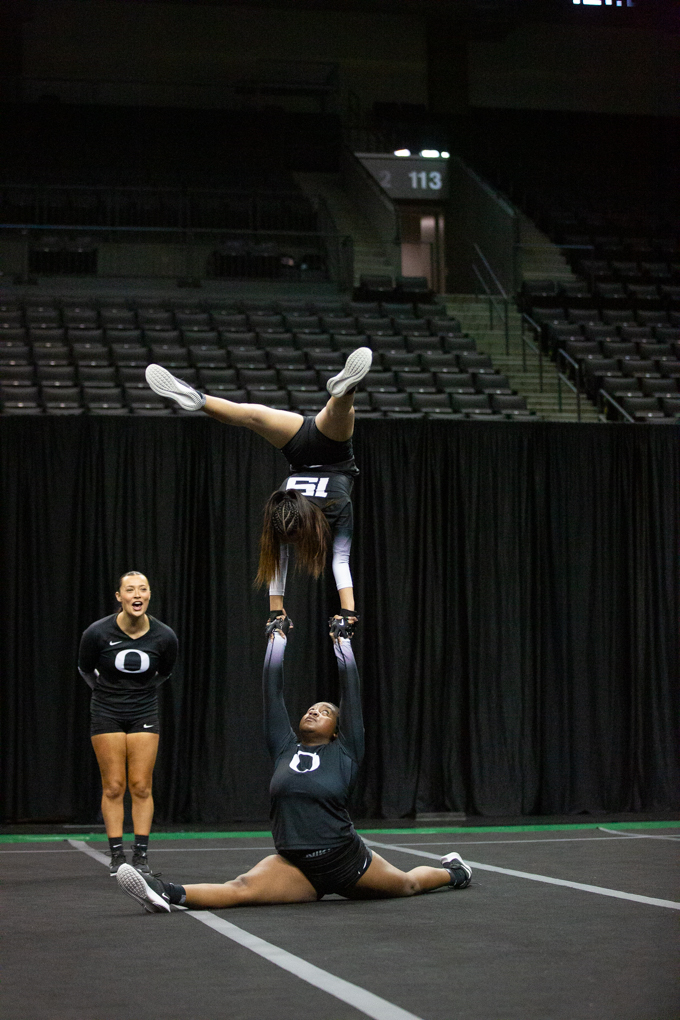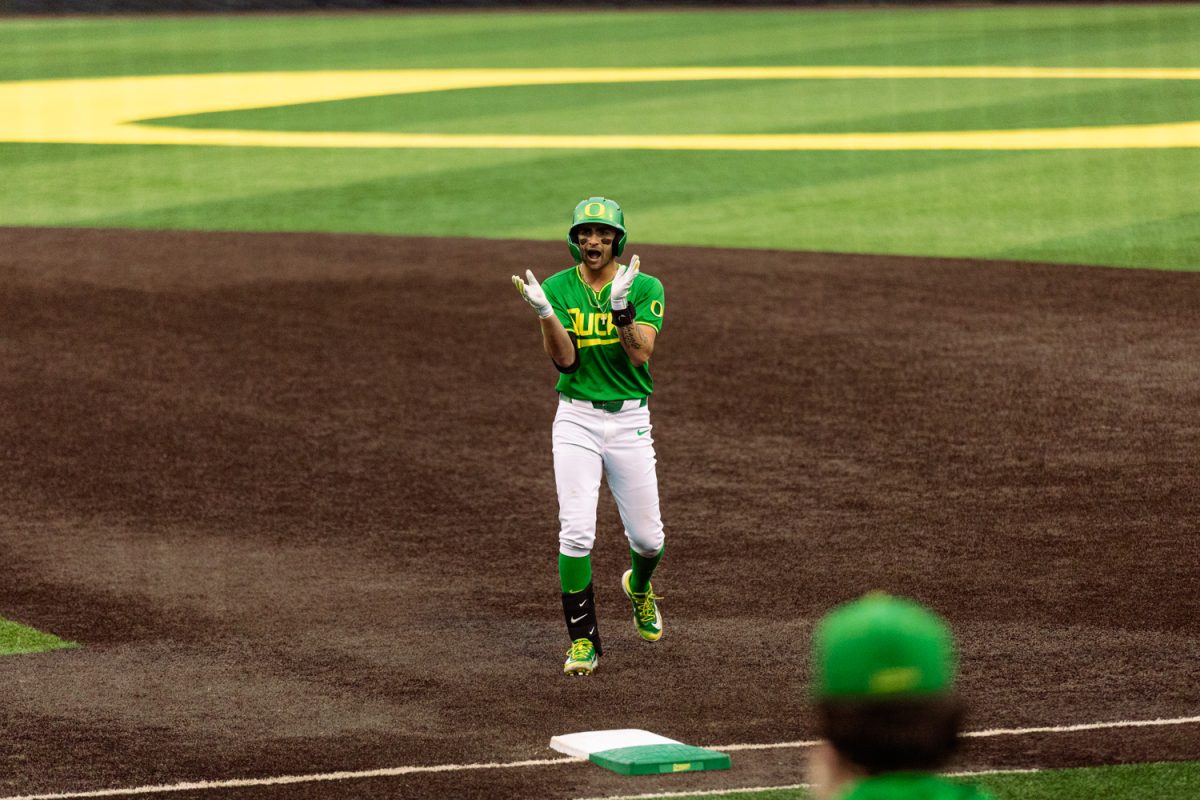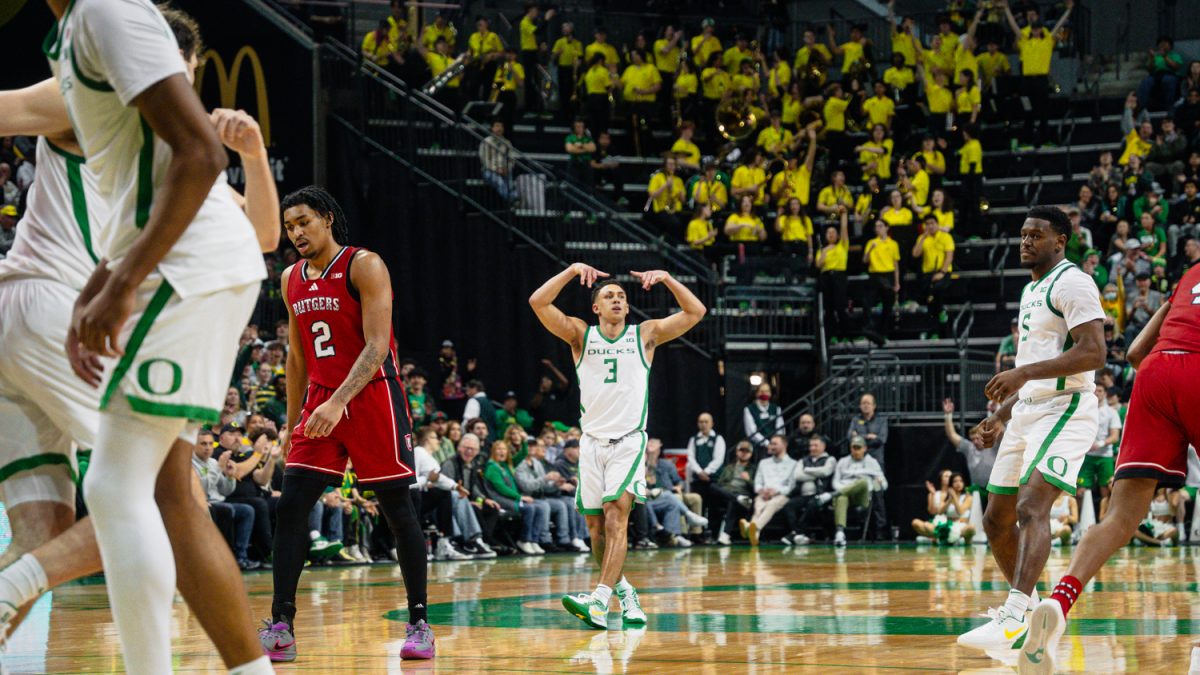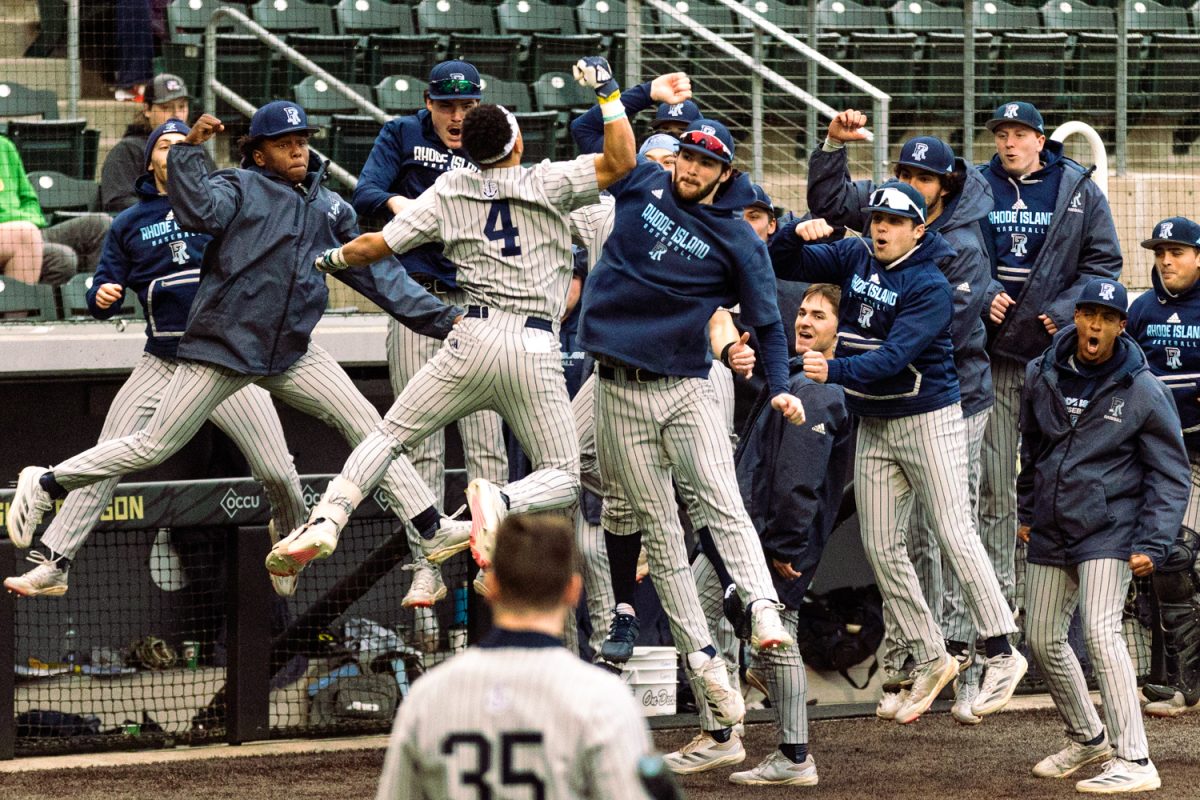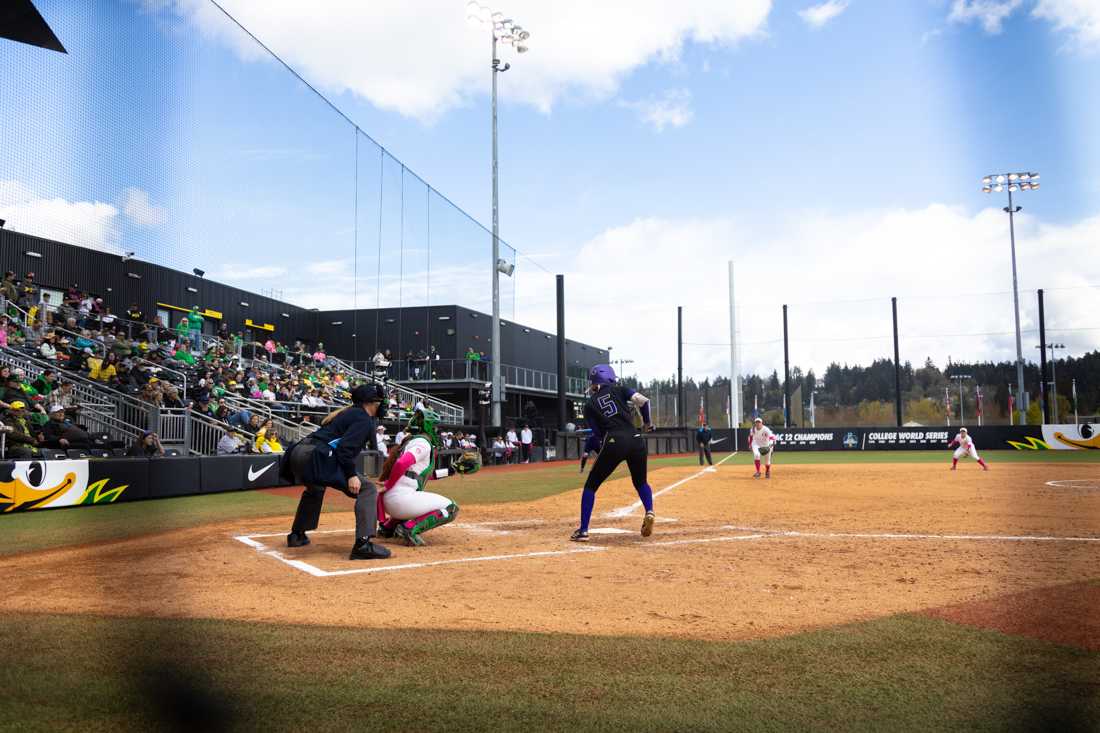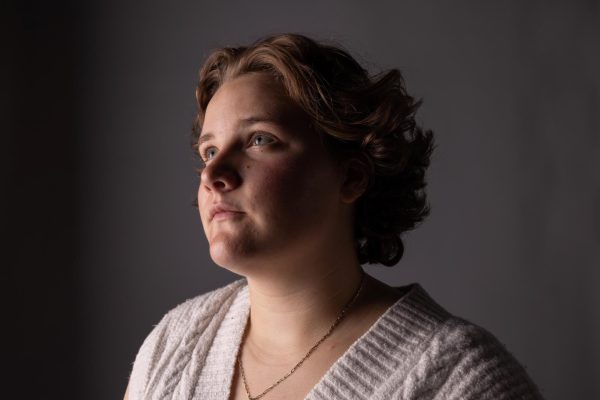Conference realignment is tricky. It’s an especially sore subject, though, when you ask fans west of the Rockies about the Big Ten and Pac-12’s decisions over the past year.
One was announced in front of the world. The other dropped in the middle of the night. The situations couldn’t be more different — or so the narrative has been spun.
It’s innovation at its finest. Realignment is pitched as a spin of the college football merry-go-round. With one move, schools across the nation are no longer facing those they’ve played against for decades. It’s yet another dilemma: when is innovation justified?
Questions surrounding the ethics of realignment have dominated the media sphere for much of the past half-decade. When is it “fair” to leave a conference? What happens when the rest are left behind?
The west coast’s opinion was formed when ten of the Pac-12’s teams turned tail ahead of the 2023 season. Oregon and Washington left for the Big Ten on the same day that Colorado, Utah, Arizona and Arizona State announced their intent to join the Big 12. One month earlier, Stanford and Cal announced that they would join the American Athletic Conference in 2024.
The college football world went ballistic. The “traitors” — Oregon, Washington and the rest — argued that the lack of a media rights deal put their future in jeopardy. The have-nots — Oregon State and Washington State — pounded their fists in the courtroom, eventually winning sole control of the Pac-12’s assets. The universe bemoaned the dissolution of the Conference of Champions.
What happens when it’s not a Power Five conference that’s broken up?
The decision to add four Mountain West schools to the remnants of the Pac-12 has turned the former’s future in a decidedly different direction. It’s been framed as a victory, the saving grace for a once-great conference. It is — just not the absolute win that it’s been championed as.
In order to Frankenstein together a new edition of the once-great conference, teams haven’t just been taken from the Mountain West; teams from the AAC, including Memphis, Tulane and The University of Texas at San Antonio (UTSA) were reportedly offered a spot. Gonzaga, even without football, is reportedly nearing an agreement. On September 24, Utah State officially became the fifth Mountain West school to announce its intent to join the Pac-12.
It looks like the great collegiate athletic diaspora is unstoppable — but in trying to avoid the destruction of one conference, the fate of many more has been altered.
That doesn’t mean that the former Pac-12 schools are without guilt. They left their conference as good as dead in the face of wilting media rights deals. Many of them (Oregon amongst this number) are some of the most notable brands in college athletics. They wanted more.
It’s worse for the athletes, too. Oregon football will travel nearly 5500 miles for three conference away games. It’s more for sports like basketball and soccer, where athletes play 10 or more games on the road in 2024-25.
The argument essentially boils down to whether or not you believe that a school’s brand and everything wrapped up in it — the level of competition, amount of national awareness and marketability — supersedes, in importance, shared history and tradition, and athletes’ well-being.
I wrote here two weeks ago about why tradition matters in the face of innovation. It matters that the Ducks play the Beavers because no matter how many times they play Ohio State in football this year, there’s an unmatched emotion in those rivalry games.
Now consider what happens when that ripples across college football. Not every team will be able to protect its traditions (especially those who aren’t as financially solid as Oregon is). Sure, they’ll have the platform, but it’ll probably be used to schedule lucrative cash-cow games against Group of Five and Football Championship Subdivision (FCS) opponents rather than display the history that these schools pride themselves on.
There’s the argument too that the cross-country travel is what these athletes will experience as professionals, but it falls flat. “Athlete” is only half of their college life. Those professional athletes dedicate their time almost entirely to recovery and keeping their body safe. Patrick Mahomes doesn’t have an 8:00 a.m. business lecture to get to.
Realignment is fun. It’s exciting, and for Oregon (as a business), it’s relatively painless. The Ducks will play more big games, face better opponents and almost undoubtedly see their already-gigantic brand continue to grow.
Once again, it’s innovation at its finest, and a fantastic example of what the programs involved pursue.
It’s just that it’s not a perfect solution (but what is?).

